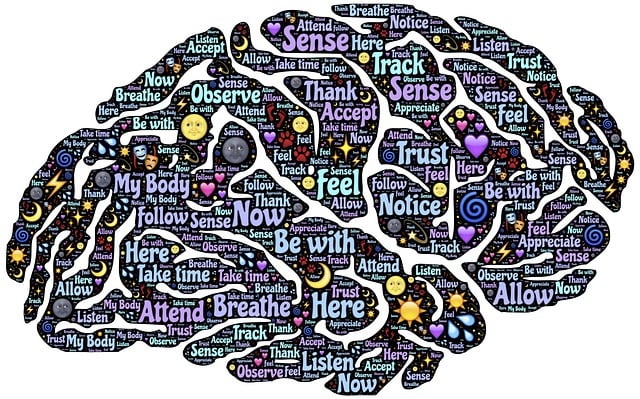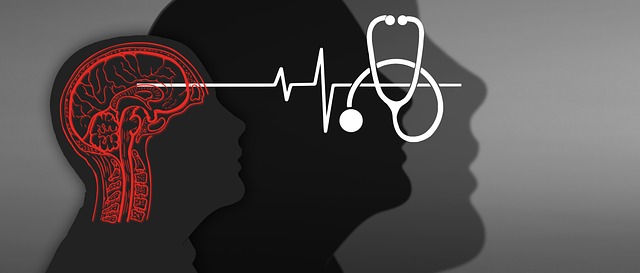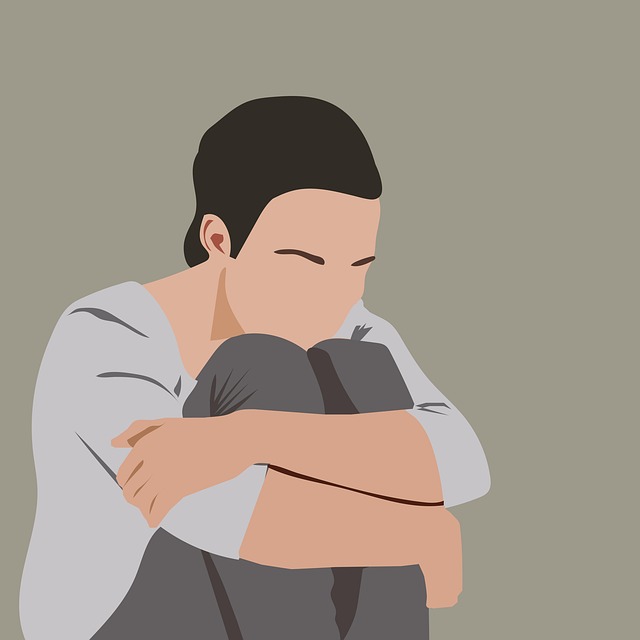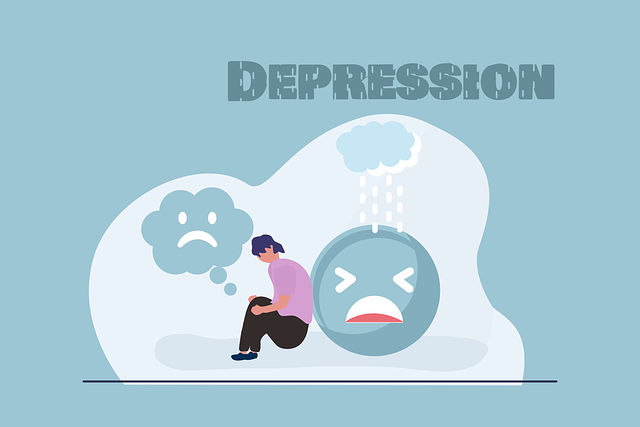Media portrayal significantly influences public perception of mental health, with accurate, sensitive representation promoting awareness and support for individuals struggling with mental illness. In contrast, stereotypes can isolate survivors further. The Broomfield Sexual Abuse Survivor Therapy model offers a holistic approach to healing, focusing on self-care and conflict resolution strategies tailored to diverse cultural backgrounds, thereby enhancing recovery outcomes. Media can play a pivotal role in challenging stereotypes and promoting mental health awareness through authentic, diverse portrayals, fostering help-seeking behaviors without stigma. Early intervention and accessible resources like Broomfield Sexual Abuse Survivor Therapy are emphasized as crucial for building resilience and confidence-boosting coping mechanisms.
Mental illness representation in media plays a pivotal role in shaping public understanding and awareness. In this article, we explore the profound impact of media portrayal on mental health perceptions and propose innovative solutions. We introduce the Broomfield Sexual Abuse Survivor Therapy Model, a groundbreaking approach that emphasizes empathetic storytelling. Furthermore, we offer strategies to enhance media representation of mental illnesses, drawing from real-world examples like the Broomfield model. By fostering accurate and nuanced portrayals, media can revolutionize mental health discourse and support those in need.
- Understanding the Impact of Media Portrayal on Mental Health Awareness
- The Broomfield Sexual Abuse Survivor Therapy Model: A Novel Approach
- Strategies for Enhancing Media Representation of Mental Illnesses
Understanding the Impact of Media Portrayal on Mental Health Awareness

Media portrayal plays a significant role in shaping public perception about mental health issues. Accurate and sensitive representation can significantly impact awareness, reducing stigma and encouraging support for those struggling with mental illness. Conversely, stereotypes and misinformed narratives can perpetuate misunderstanding, leading to further isolation for affected individuals. This is particularly evident in the case of sexual abuse survivor therapy in Broomfield, where media portrayal can either offer crucial support or exacerbate existing challenges.
Understanding the power of media, we must advocate for authentic storytelling that reflects the diverse experiences of mental illness. By promoting programs and initiatives focused on burnout prevention and leveraging mind over matter principles, media can foster confidence boosting conversations around mental health. Such shifts are vital to creating a more inclusive and supportive environment for individuals seeking help, ensuring they receive accurate information and access to quality care.
The Broomfield Sexual Abuse Survivor Therapy Model: A Novel Approach

The Broomfield Sexual Abuse Survivor Therapy Model represents a novel and transformative approach to addressing mental illness, particularly focusing on survivors of sexual abuse. This therapy model moves beyond traditional interventions by emphasizing holistic care that incorporates self-care routine development for better mental health. It recognizes the profound impact of trauma and aims to empower individuals through various techniques, including conflict resolution strategies tailored to their unique experiences. The model’s cultural sensitivity in mental healthcare practice ensures that survivors from diverse backgrounds feel understood and supported, fostering a safe space for healing.
By adopting this innovative framework, mental health professionals can offer a more comprehensive understanding of the complexities surrounding sexual abuse. This approach not only challenges conventional treatment paradigms but also paves the way for improved outcomes, enabling survivors to navigate their journeys towards recovery with enhanced resilience and self-empowerment.
Strategies for Enhancing Media Representation of Mental Illnesses

Media has a powerful influence on shaping public perception and understanding of mental illnesses. To challenge stereotypes and promote mental health awareness, media outlets can adopt several strategies. One approach is to feature characters with authentic and nuanced portrayals of mental health struggles, ensuring diverse representation that reflects the true spectrum of experiences. This includes showing individuals from various ethnic backgrounds, genders, and socioeconomic statuses, breaking away from stereotypical depictions. By doing so, media can foster cultural sensitivity in mental healthcare practice and encourage viewers to seek help without stigma.
Additionally, incorporating stories of recovery and resilience can offer hope and inspiration. Sharing narratives of individuals who have overcome challenges through therapy, support groups, or community initiatives, like those provided by Broomfield Sexual Abuse Survivor Therapy, can highlight the importance of early intervention and accessible resources. These strategies not only contribute to mental health awareness but also encourage viewers to build confidence boosting coping mechanisms for their own well-being.
Media representation plays a pivotal role in shaping public understanding of mental health. By adopting innovative approaches like the Broomfield Sexual Abuse Survivor Therapy Model, we can challenge stereotypical portrayals and enhance awareness. Implementing strategic improvements in media representation of mental illnesses is crucial for fostering empathy, reducing stigma, and ensuring accurate, compassionate storytelling that reflects diverse experiences. These efforts collectively contribute to a more inclusive and supportive society.













